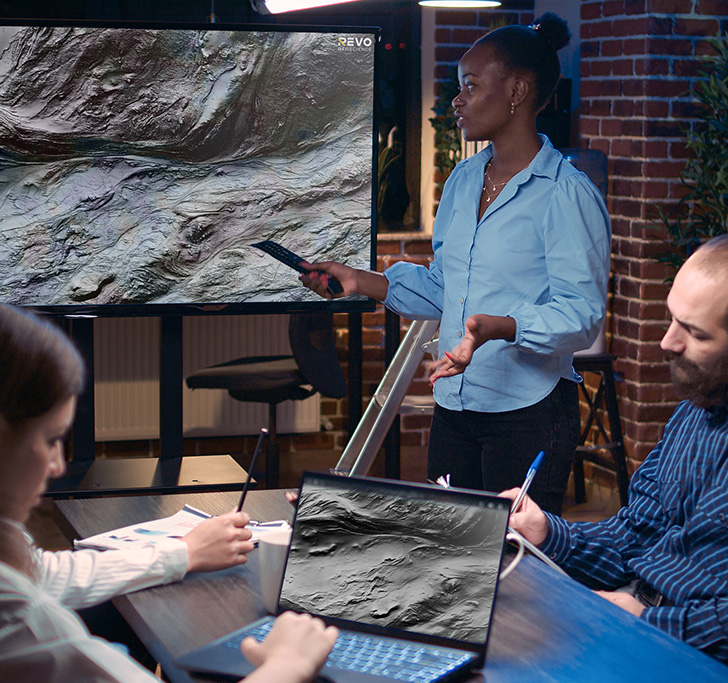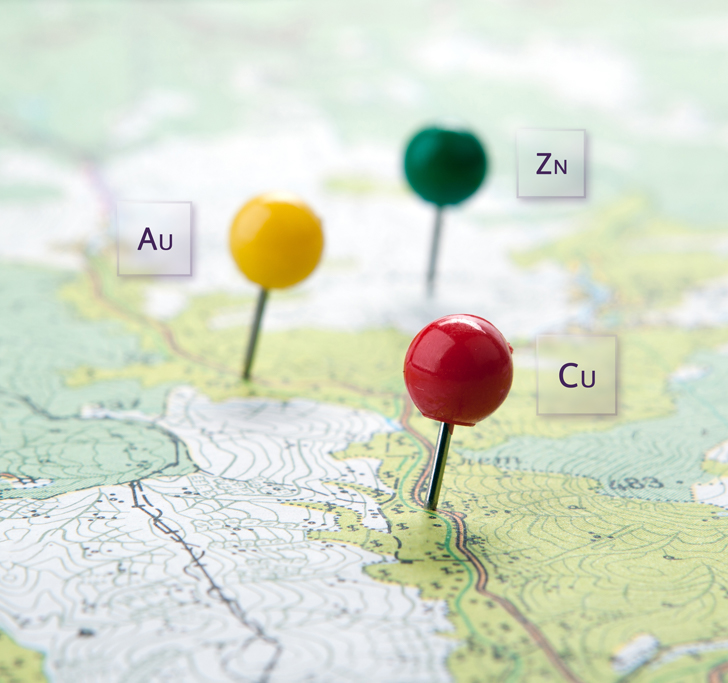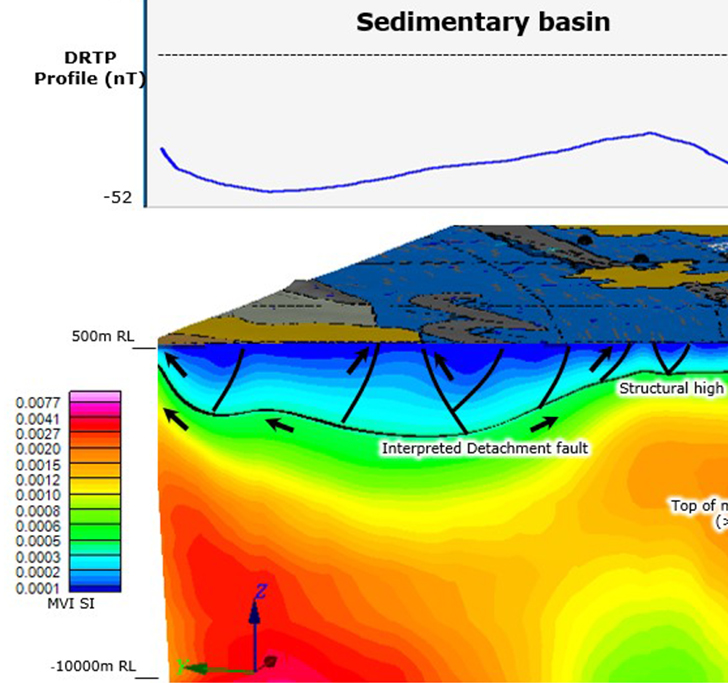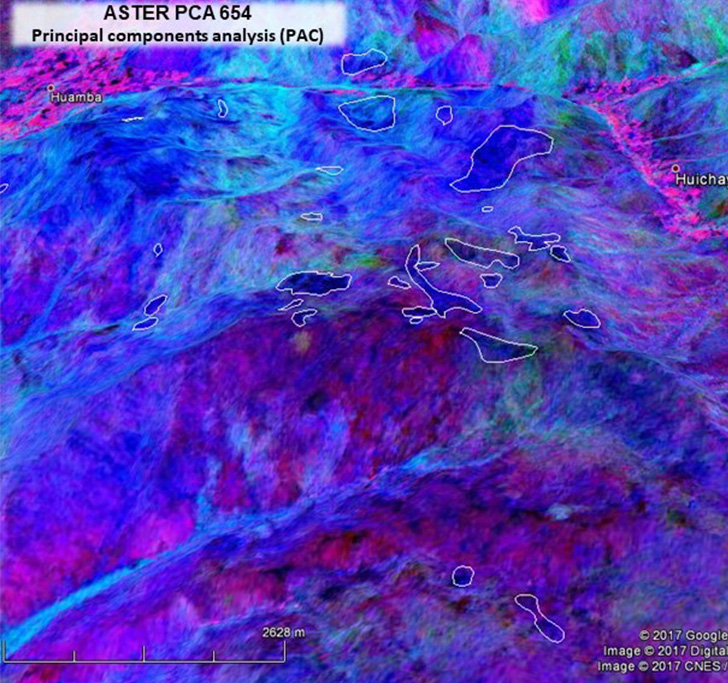MINERAL EXPLORATION
Exploration Strategies

Full Database Evaluation
We know the need to evaluate an exploration database, performing QAQC, transformations, reprojections, conversions, statistics, and others. Integrating the data into a 3D platform and using a diversified tolls package, we can generate conceptual & geological-constraining models, define and re-evaluate exploration targets, define upside targets for farm-in evaluations, prepare teasers for farm-out and support an exploration drilling program.
The geological background is fundamental, so this service requires interaction and customer follow-up throughout the workflow. We also believe it essential to review the results and the delivered products. Reassessing the results with the exploration team, according to the evolution of knowledge and conceptual maturity of the project, is one of our premises.
Multi-scale Mineral System Interpretation and Targeting
The REVO GEOSCIENCE team can support a targeting program in any part of the globe, from the compilation and processing of government data to exploration license definition and implementation of an exploration program. We have already supported and succeeded in new exploration licenses and discoveries. We have experience in interpreting mineral systems, at multi-scales and in different geological provinces, from the most awarded, with numerous known deposits to new mineral frontiers and with the scarcity of data.

Advanced Geophysical Inversion and Interpretation
3D Geophysical Modelling for Basin Analysis

Advanced Exploratory Geochemistry
Remote Sensing and Spectral Geology
Reflectance spectroscopy can provide information on the composition, crystallinity, and relative abundance of alteration minerals and supports the identification of mineralizing processes and direct vectoring of mineralized zones. We can contribute with strategies, collections, processing, spectral interpretation, 3D modeling, and geometallurgical analysis.

